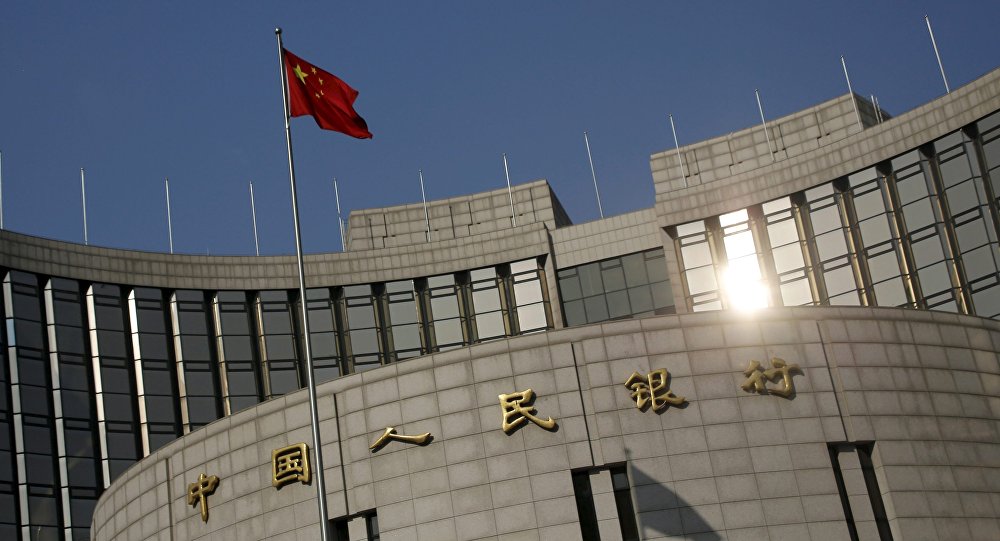China Targets Record Deficit to Bolster Economy Amid Rising Global Pressures
18.12.2024 18:00 1 min. read Alexander Stefanov
China is gearing up for 2025 with its most expansive fiscal plan, raising the budget deficit to a record 4% of GDP to counter domestic challenges and looming trade tensions with the U.S.
This aggressive move, expected to inject 1.3 trillion yuan ($179.4 billion) into the economy through special bond issuances, reflects Beijing’s focus on stabilizing growth amid slowing momentum.
The economy faces mounting pressures from a property crisis, local government debt, and weakening consumer spending. Even exports, a key strength, are at risk as Donald Trump’s potential return to the White House revives fears of severe trade tariffs on Chinese goods, potentially slashing billions in export revenue.
Despite these challenges, China is targeting 5% GDP growth for 2025, prioritizing stability over aggressive expansion. The People’s Bank of China has also signaled a shift toward looser monetary policy, with potential rate cuts and liquidity injections. While these measures aim to prevent further economic slowdown, rising debt levels and global uncertainties will test Beijing’s strategy in the year ahead.
Analysts caution that this fiscal push comes at a cost, with China’s debt burden already reaching unprecedented levels. Borrowing across households, businesses, and the government has skyrocketed in recent years, fueling concerns about long-term financial stability.
However, Beijing appears willing to take the risk, betting that a combination of fiscal and monetary tools will sustain growth and shield the economy from escalating global and domestic pressures.
-
1
U.S. PCE Inflation Rises for First Time Since February, Fed Rate Cut Likely Delayed
27.06.2025 18:00 1 min. read -
2
Key U.S. Economic Events to Watch Next Week
06.07.2025 19:00 2 min. read -
3
Gold Beats U.S. Stock Market Over 25 Years, Even With Dividends Included
13.07.2025 15:00 1 min. read -
4
U.S. Announces Sweeping New Tariffs on 30+ Countries
12.07.2025 16:30 2 min. read -
5
US Inflation Heats Up in June, Fueling Uncertainty Around Fed Cuts
15.07.2025 16:15 2 min. read
US Inflation Heats Up in June, Fueling Uncertainty Around Fed Cuts
U.S. inflation accelerated in June, dealing a potential setback to expectations of imminent Federal Reserve rate cuts.
Gold Beats U.S. Stock Market Over 25 Years, Even With Dividends Included
In a surprising long-term performance shift, gold has officially outpaced the U.S. stock market over the past 25 years—dividends included.
U.S. Announces Sweeping New Tariffs on 30+ Countries
The United States has rolled out a broad set of new import tariffs this week, targeting over 30 countries and economic blocs in a sharp escalation of its trade protection measures, according to list from WatcherGuru.
Key U.S. Economic Events to Watch Next Week
After a week of record-setting gains in U.S. markets, investors are shifting focus to a quieter yet crucial stretch of macroeconomic developments.
-
1
U.S. PCE Inflation Rises for First Time Since February, Fed Rate Cut Likely Delayed
27.06.2025 18:00 1 min. read -
2
Key U.S. Economic Events to Watch Next Week
06.07.2025 19:00 2 min. read -
3
Gold Beats U.S. Stock Market Over 25 Years, Even With Dividends Included
13.07.2025 15:00 1 min. read -
4
U.S. Announces Sweeping New Tariffs on 30+ Countries
12.07.2025 16:30 2 min. read -
5
US Inflation Heats Up in June, Fueling Uncertainty Around Fed Cuts
15.07.2025 16:15 2 min. read


